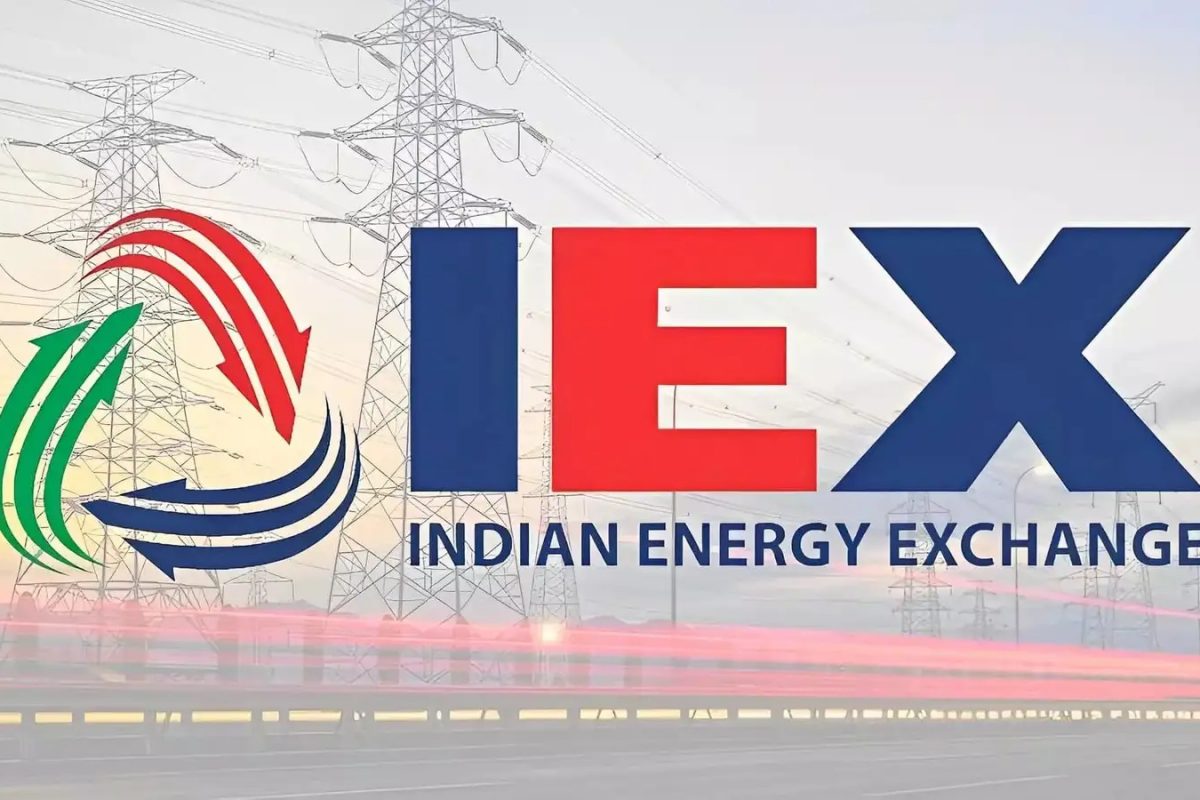

Power market coupling is a mechanism to integrate different electricity markets to discover a uniform market clearing price, optimize transmission infrastructure usage, and maximize economic surplus. It consolidates bids from multiple power exchanges into a single clearing algorithm, aligning price discovery with the physical constraints of the grid. The Central Electricity Regulatory Commission (CERC) has initiated a phased implementation of market coupling in India, starting with the Day-Ahead Market (DAM). The target implementation date for DAM coupling is January 2026. The CERC is also exploring market coupling in other segments like the Real-Time Market (RTM) and the Term-Ahead Market (TAM).
The recent approval of market coupling has led to a sharp fall in the shares of the Indian Energy Exchange (IEX). On July 25, 2025, IEX shares fell up to 29.50% following the CERC order on market coupling. IEX's dominance in the Indian power market, with a market share of about 90%, is expected to decrease as a result of market coupling.
Several factors contribute to the pressure on IEX shares:
Analysts believe that the implementation of market coupling will create a level playing field, impacting IEX's dominance in price determination. While IEX has announced plans to contest the CERC directive, Bernstein sees limited prospects for success. JM Financial, however, considers the January 2026 target for market coupling implementation as "very ambitious" and anticipates a rollout by December 2027.
Despite the challenges, some brokerages remain positive on IEX. They cite IEX's competitive technological platform, robust new product leadership, and strong management as strengths. However, they acknowledge that near-term stock performance is likely to remain under pressure due to competitive dynamics.